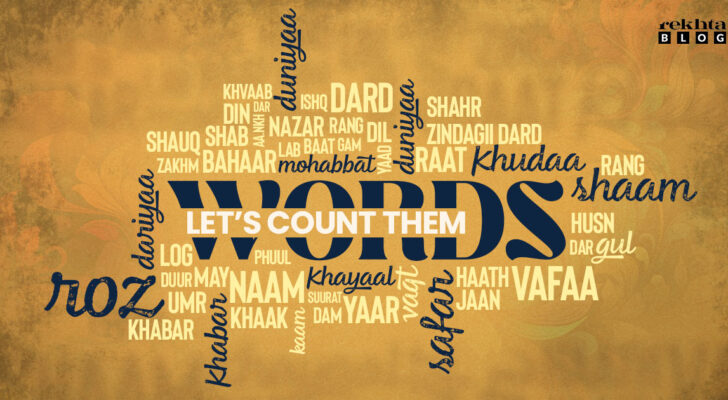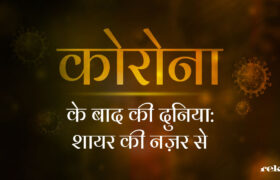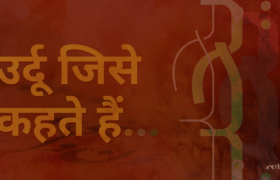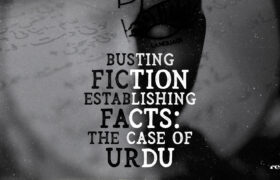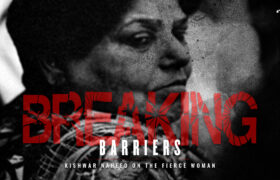कोरोना के बाद की दुनिया: शायर की नज़र से
इक्कीसवीं सदी की तीसरी दहाई शुरू हुआ चाहती है। मौसमे-सर्द रवाना होते-होते वापसी कर रहा है और मौसमे-गर्म की आमद-आमद है। मगर दो मौसमों के मिलन की इस साअत में भी दिल बुझे हुए हैं। दो-चार लोगों के दिल नहीं, दो-चार शहरों या मुल्कों के दिल नहीं बल्कि सारी दुनिया के दिल बुझे हुए हैं।… continue reading








